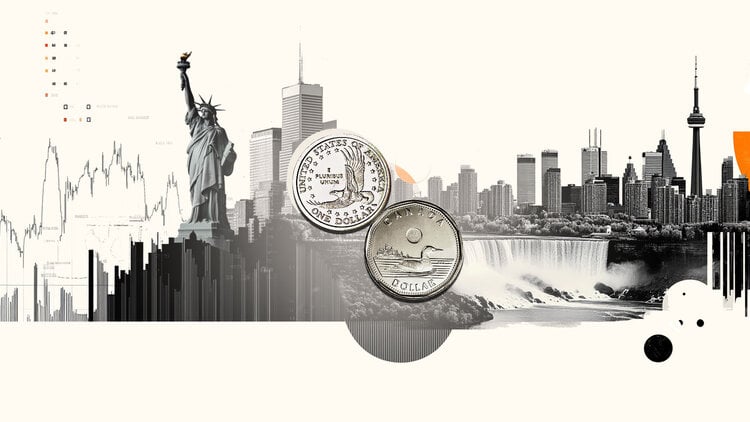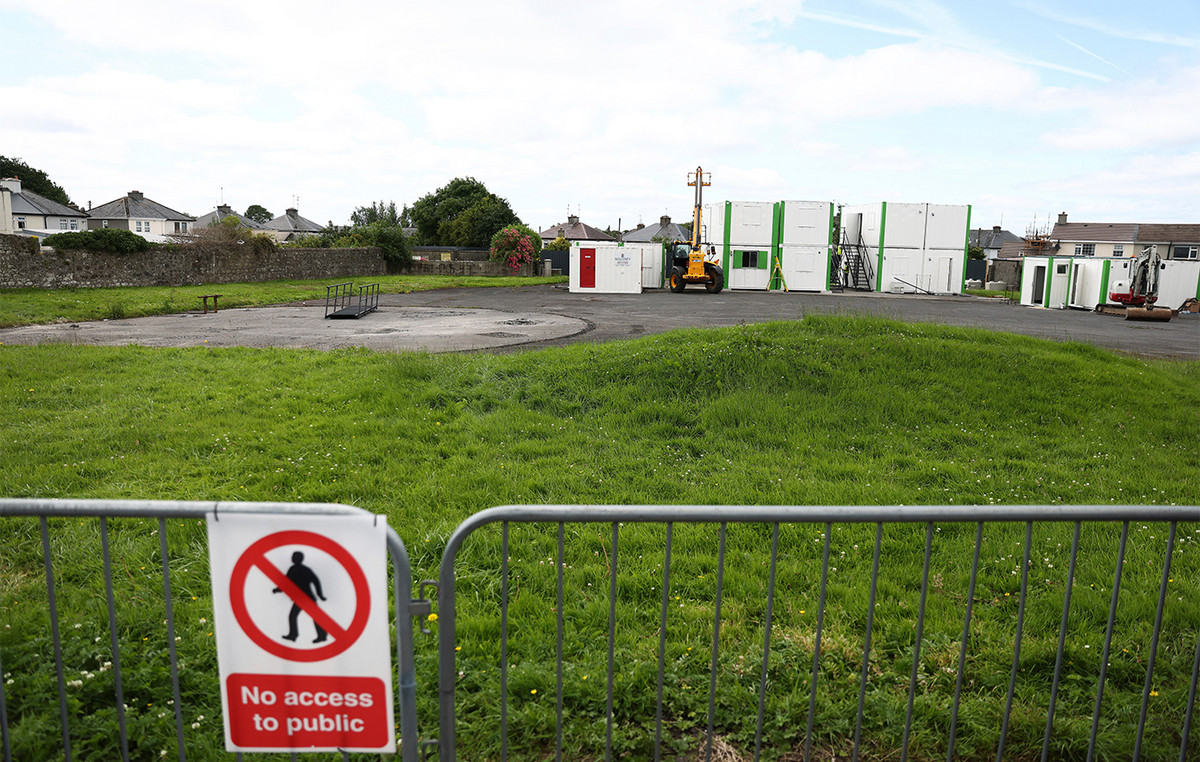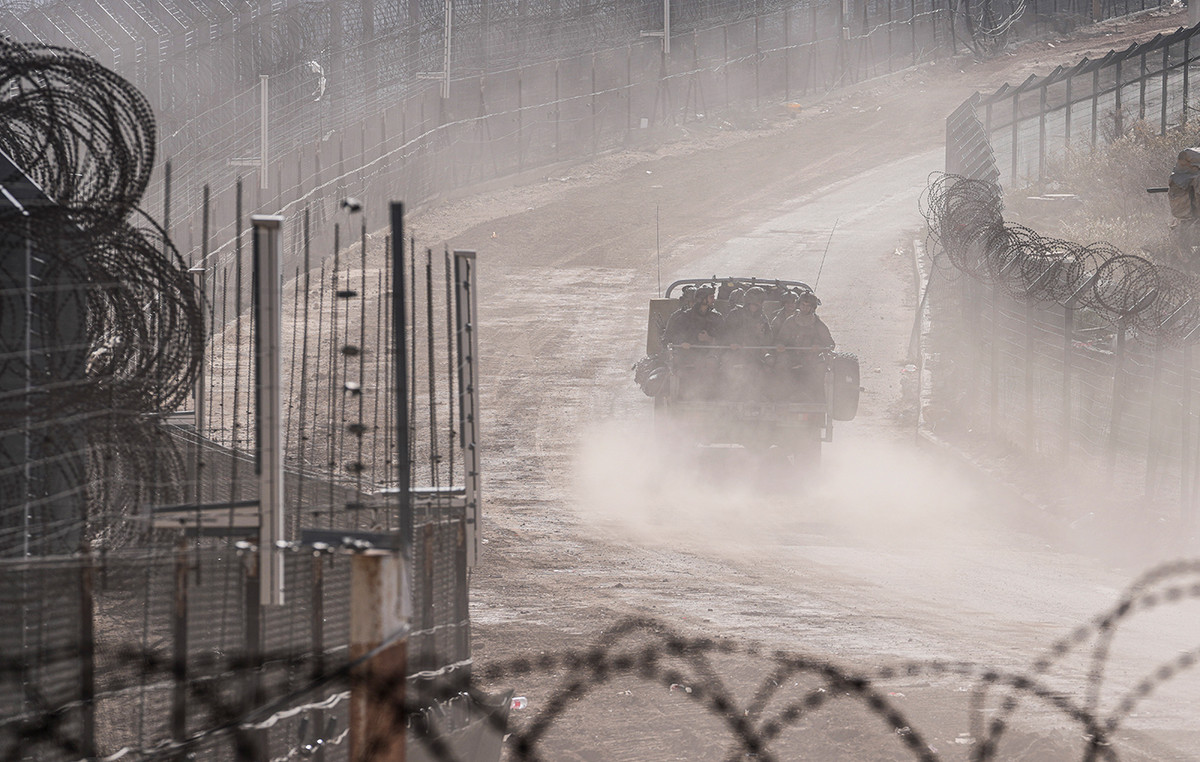Despite Brazil being one of the main agricultural powers in the world, there is still a dependence on imports to meet domestic demand for some products. It is the case of wheat .
However, the federal government and the private sector have intensified in recent years an effort to increase Brazilian production towards self-sufficiency. Behind this effort is the so-called “tropical wheat”.
This effort could make Brazil dominate the “last great agricultural commodity that the country lacks to produce”, in the assessment of FGV Agro professor Felippe Serigatti.

The advance of tropical wheat
The first time that wheat seeds began to be worked in Brazil was in 1919, when the effort to adapt a crop to an initially unfavorable climate was initiated, according to Jorge Lemainski, head of the Embrapa Wheat.
The process of selection of seeds and artificial crosses would generate in 1940 the “watershed”, the Frontana type, better adapted to the climatic conditions of the South from Brazil. The greatest advances, however, would come from 1954, when the Brazilian Agricultural Research Corporation (Embrapa) was created.
Since the beginning of research by the organization to create a seed adapted to the Brazilian reality, productivity has increased from 600 kilograms per hectare to the 2011 record of 1,800 kilograms per hectare. By 2022, Lemainski points out that the average should reach 3,000.
This shows, according to the person in charge of Embrapa’s wheat division, how “Brazilian agriculture is driven by science”.
“Scientific work allows this, it was something like soy, which also started in the South and is now spread throughout Brazil. It is the use of genetic improvement, application of biotechnology. What happened with soybeans, is happening with wheat”, he points out.
The movement, he says, is called the “tropicalization of wheat”, an effort to produce varieties that are increasingly adapted to Brazil. This allowed, for example, the expansion towards the Midwest and more recently it was possible to plant in Roraima.
Although wheat is already tropicalized, he points out that Embrapa’s focus is to intensify this process. Today, four varieties have already been developed specifically for the tropical environment, more resistant to low temperatures and lack of rain.
Embrapa’s work has been “to develop technologies for sowing, caring and harvesting”.
These next works were summarized in the Decentralized Execution Term (TED) of Trigo Tropical, whose objective is to increase the wheat cultivation area by 100 thousand hectares, with 1,760 tons of wheat seeds produced and an increase in production reaching 20 million tons per year until 2031, allowing a reduction in imports, with a gain of R$ 1.35 billion.
Currently, of the 12 million tons of wheat consumed in Brazil, 6.5 million are imported, with the rest supplied by the domestic market.
According to Jorge Lemainski, two bottlenecks that will need to be overcome for wheat to advance in the thick are blast, a disease in the tropical climate that affects crops, and wheat intolerance to heat.
In order to develop research in the area and put the TED into practice, Embrapa Trigo obtained last Tuesday (20) the release of R$ 2.9 million requested from the federal government.
President of the Brazilian Wheat Industry Association (Abitrigo), Rubens Barbosa observes that, in addition to Embrapa’s research, there is a favorable economic context for the expansion of wheat towards the Midwest and the North East .
“The price increase is the engine for this movement, and for six months now, the increase in Brazilian exports to the international market has been another driver. We export good quality wheat, last year it was more than 3 million tons”, he reports.
The appreciation of the price of wheat occurred with the pandemic and, especially, with the war in ukraine which involved three of the main exporters of the commodity, Ukraine, Russia and Belarus, with volumes sold falling.
This allowed both prices to skyrocket and a margin of export to Brazil. On the other hand, the situation also created inflationary pressure in Brazil, with the price of wheat derivatives, such as bread, soaring.
Barbosa states that “Brazil cannot depend on 60% of its domestic consumption being imported, and of that 60%, 85% comes from just one country, Argentina. It is a similar case with fertilizers, with Russia and Belarus”.
With the economically favorable environment, the private sector itself started to work for the expansion of tropical wheat, says Barbosa, noting that the increase in production can lead to self-sufficiency in the medium term, which is important for the food security and reduce the risk of supply problems.
“This year, production will increase a lot, and in tropical regions. It follows the line of gradual self-sufficiency, but like soy and corn, we are going to supply the domestic market and export, and that will still take some time”, he emphasizes.
He notes that there is also a risk that the expansion of wheat will not be homogeneous, and that transport costs will make imports or exports more advantageous in certain areas than domestic production.
In this sense, he projects that “Brazil will gradually become a self-sufficient country in wheat and a reasonable exporter in the international market”, but that consumption will still need to be supplemented with imports.
He believes that wheat prices are also unlikely to return to pre-Ukrainian-war levels, both due to the perspective of the conflict’s longevity and to conjunctural circumstances that put pressure on prices.
With this, there is a favorable space for the expansion of wheat plantations and consolidation of the grain in the menu of options of the farmers.
wheat in Brazil
Conab data show that the south of the country still concentrates production, even with initiatives to expand into the Cerrado. Combined, Rio Grande do Sul and Paraná account for almost 90% of the total produced.
The explanation, according to the manager of Embrapa Trigo, is climatic. “In the South we have cold and humid regions, it is a wheat that we call subtropical, and when we go to central Brazil, in the tropics, the climate is hot and drier, with higher temperatures and a different water regime than in the South of Brazil” .
He notes that “agricultural activity is a business”, and like any other business, its expansion depends on a net income. With the rise in prices, this turned out to be a reality for wheat, allowing for growth.
“In 2020, we cultivated 2.3 million hectares, because wheat sold at R$40 a sack in 2019 rose to R$80 in 2020, and in 2021 it was between R$90 and even R$110. In 2022, growing 3.1 million hectares and more than 9 million tons of wheat, from a consumption of 12 million tons, is 70%”, he highlights.
Lemainski notes that Brazil “spends R$12 billion a year to buy wheat from outside the country”, which could be reduced with self-sufficiency in production.
“If the growth rate is maintained in 2020, 2021 and 2022, in 2030 we will have production in excess of 20 million tons. Brazil has the privilege of having a very favorable area for agriculture “, highlights.
Felippe Serigatti, from FGV, believes that Brazil does not naturally have favorable conditions for agriculture, and that in fact they “were created”.
“We produce products from temperate biomes, so much so that the biggest wheat suppliers are Argentina, the United States, Ukraine, Russia, countries with temperate biomes. We changed that story by producing even in a warmer climate, with shorter days, creating commercially viable varieties adapted to our climatic conditions,” he says.
Along these lines, wheat is the “only major commodity that we have not yet managed to tropicalize, but we are managing to move in that direction”.
For him, however, “the most important part is not being self-sufficient, nor do we need it, but it is interesting to be offering the producer another option to choose to plant depending on profitability, generating more income, and what does not matter. It doesn’t have to be self-sufficient in everything, we are practically in the most basic.”
Even so, he says it is also important to increase the diversity of biomes in which wheat is produced so that production becomes more resilient to climate problems in each region.
“It was the case of soybeans, for example, even with a break in the South this year with the rains and frost, it produced a lot in the Cerrado, and we have a record harvest”, he explains.
He believes, however, that self-sufficiency or an increase in production would not necessarily lead to a fall in prices of wheat derivatives in the domestic market, at most with a marginal fall, since “prices are defined in the international market”.
Self-sufficiency would reduce some unpredictability, but not all, such as the weather, and Serigatti considers that “being able to produce internally is very good, it is another item for the producer. We can become self-sufficient in 10 years, but even if we don’t become self-sufficient, just the fact of having this option, or being able to diversify production regionally, is already great”.
The economist assesses that the government is “running well” with plans to expand wheat-producing areas, highlighting the “effort to expand agricultural insurance and credit, which is fundamental in this process. It is doing what it can considering a bad fiscal context”.
Barbosa, on the other hand, believes that the authorities ended up “taking a ride” on what was already being done by the entrepreneurs themselves. “Internally, Embrapa submitted the program to increase wheat production in 2020, and it was only approved now, due to pressure from the sector”.
“Now that the Embrapa program has arrived, it goes in the direction we wanted. Many things that we proposed, especially logistics, are still pending, the government will need to resolve. Transport is very important,” he says.
He assesses that it is even possible for Brazil to be self-sufficient in production in five years, and not ten as some projections do, but “the government has not taken any measures to reduce Brazil’s external vulnerability in the wheat issue, it was the sector that did this.” private”.
Source: CNN Brasil
Joe Jameson, a technology journalist with over 2 years of experience, writes for top online news websites. Specializing in the field of technology, Joe provides insights into the latest advancements in the industry. Currently, he contributes to covering the world stock market.







